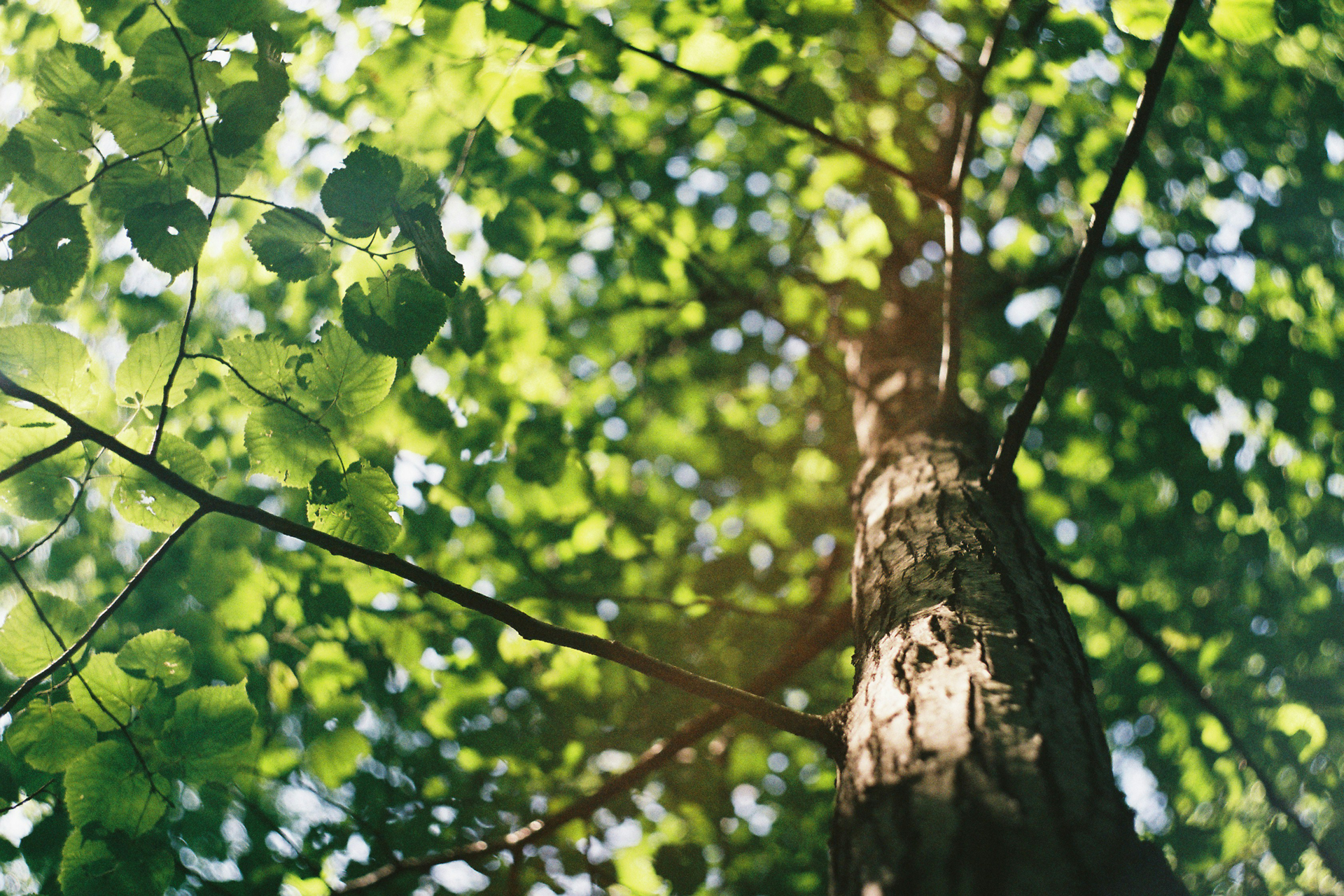Pruning Trees and Shrubs on Long Island: Pros and Cons
Photo by David Vig
Pruning is a fundamental aspect of maintaining healthy and aesthetically pleasing trees and shrubs. For Long Island homeowners, where diverse plant life thrives in unique climate conditions, understanding the benefits and drawbacks of pruning can help ensure your garden flourishes. Here’s a detailed look at the pros and cons of pruning trees and shrubs in the Long Island landscape.
Pros
1. Promotes Healthy Growth
Pruning encourages robust growth by removing dead, diseased, or damaged branches. For Long Island’s diverse plant species, which can be affected by local pests and weather conditions, this practice helps prevent the spread of diseases and promotes new, healthy growth. Proper pruning ensures that trees and shrubs allocate their resources to the most vital parts, leading to a stronger, more vibrant plant.
2. Enhances Aesthetic Appeal
Regular pruning keeps trees and shrubs looking their best. It helps maintain an attractive shape, size, and structure, which can greatly enhance your garden’s overall appearance. For homeowners on Long Island, where seasonal changes and coastal conditions can impact plant appearance, pruning ensures that your landscape remains visually appealing throughout the year.
3. Improves Safety
Overgrown branches can pose a safety risk, especially during storms. In Long Island’s coastal environment, where strong winds and heavy rains are common, pruning helps reduce the risk of falling branches and potential damage to property. By keeping trees and shrubs well-trimmed, you can minimize hazards and protect your home and garden.
4. Encourages Better Fruit and Flower Production
For fruit trees and flowering shrubs, pruning can enhance productivity. By removing excess growth and directing the plant’s energy towards fewer, more productive branches, you can improve the quantity and quality of blooms and fruits. In Long Island’s varied climate, where plants may face different challenges, this can be particularly beneficial for maximizing garden yields.
Cons
1. Timing Challenges
Pruning at the wrong time of year can negatively affect plant health. On Long Island, the timing for pruning varies depending on the type of plant and the local climate. For instance, some trees and shrubs should be pruned in late winter or early spring, while others benefit from summer or fall pruning. Misjudging the timing can lead to poor growth or reduced flowering.
2. Risk of Over-Pruning
Over-pruning can stress plants and lead to reduced growth or even death. On Long Island, where plants are exposed to a range of environmental stresses, careful pruning is essential to avoid removing too much foliage. Over-pruning can also disrupt the plant’s natural shape and lead to unsightly results.
3. Potential for Disease and Pests
Improper pruning techniques or tools can introduce diseases and pests. For Long Island’s humid summers and varying weather conditions, ensuring that pruning tools are clean and well-maintained is crucial. Failure to do so can lead to the spread of pathogens or attract pests that could harm your plants.
4. Cost and Labor
Pruning can be labor-intensive and, if done professionally, costly. For large trees or intricate shrubbery, hiring a certified arborist or landscape professional may be necessary. The cost of professional pruning services can add up, especially for extensive or frequent maintenance, which may not be feasible for all homeowners.
Conclusion
Pruning trees and shrubs on Long Island offers numerous benefits, including promoting healthy growth, enhancing aesthetic appeal, improving safety, and boosting fruit and flower production. However, it also presents challenges such as timing issues, the risk of over-pruning, potential for disease, and costs. By understanding these pros and cons, you can make informed decisions about pruning practices that will help ensure your garden remains vibrant and well-maintained throughout the year.

